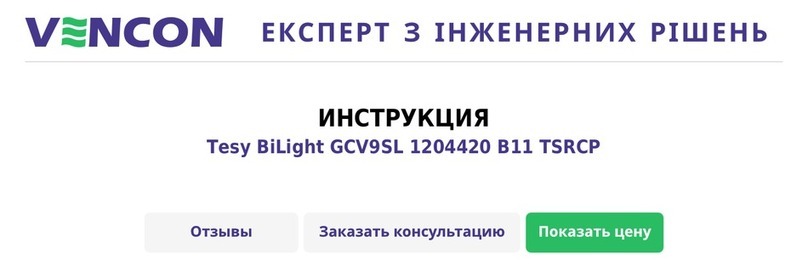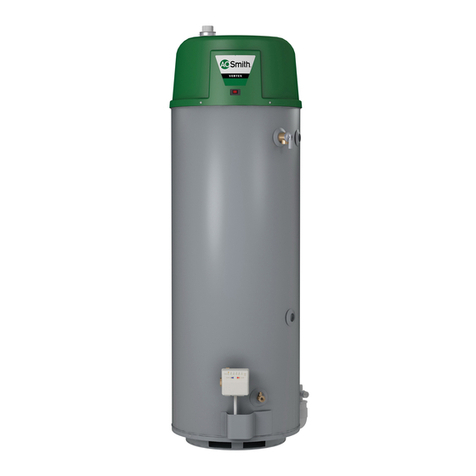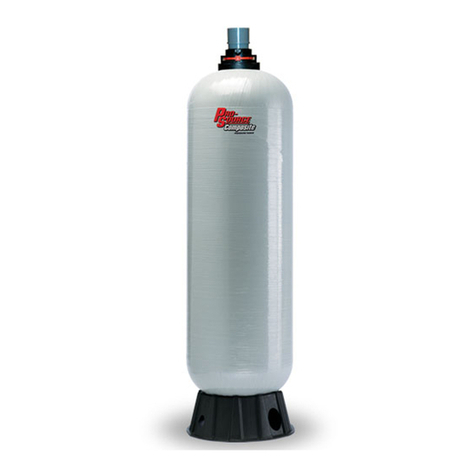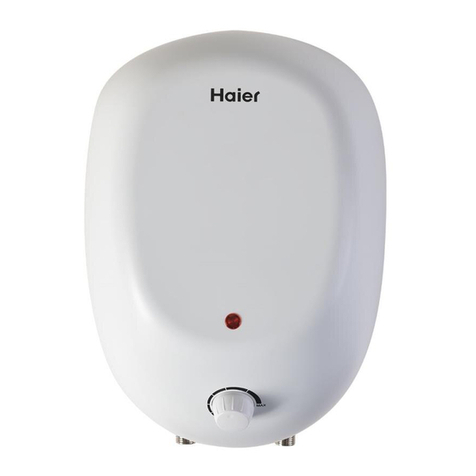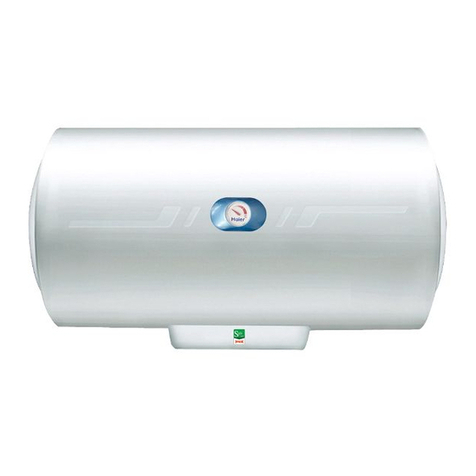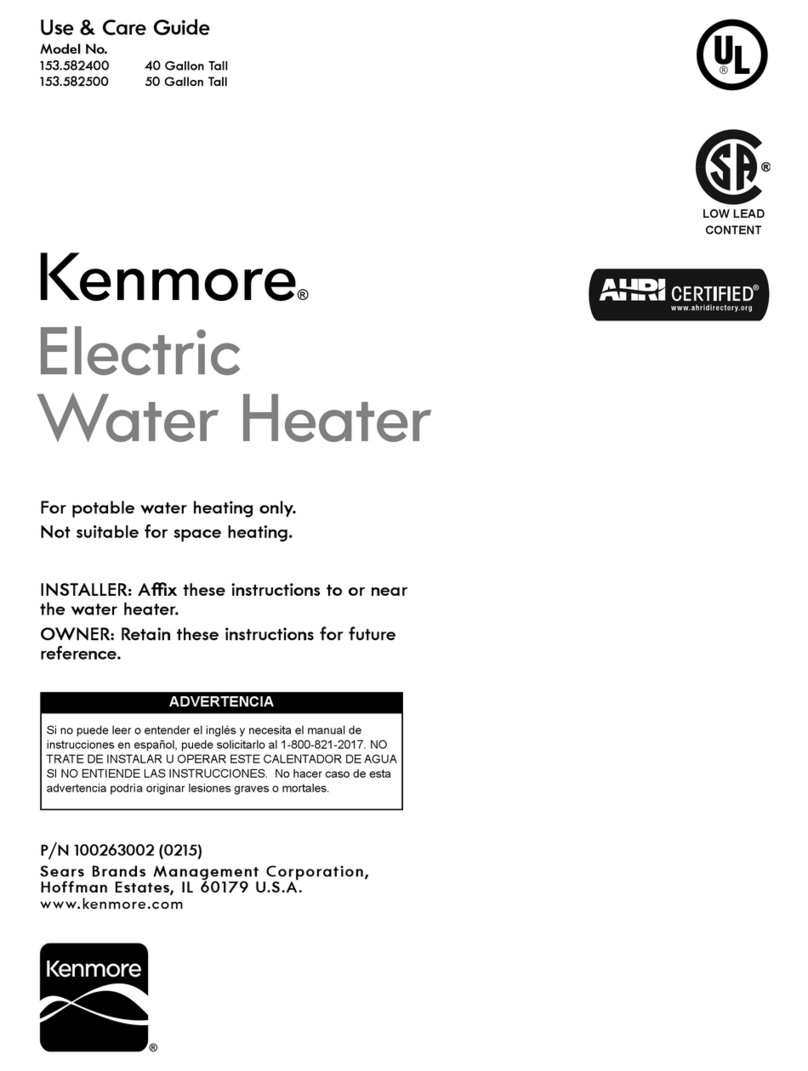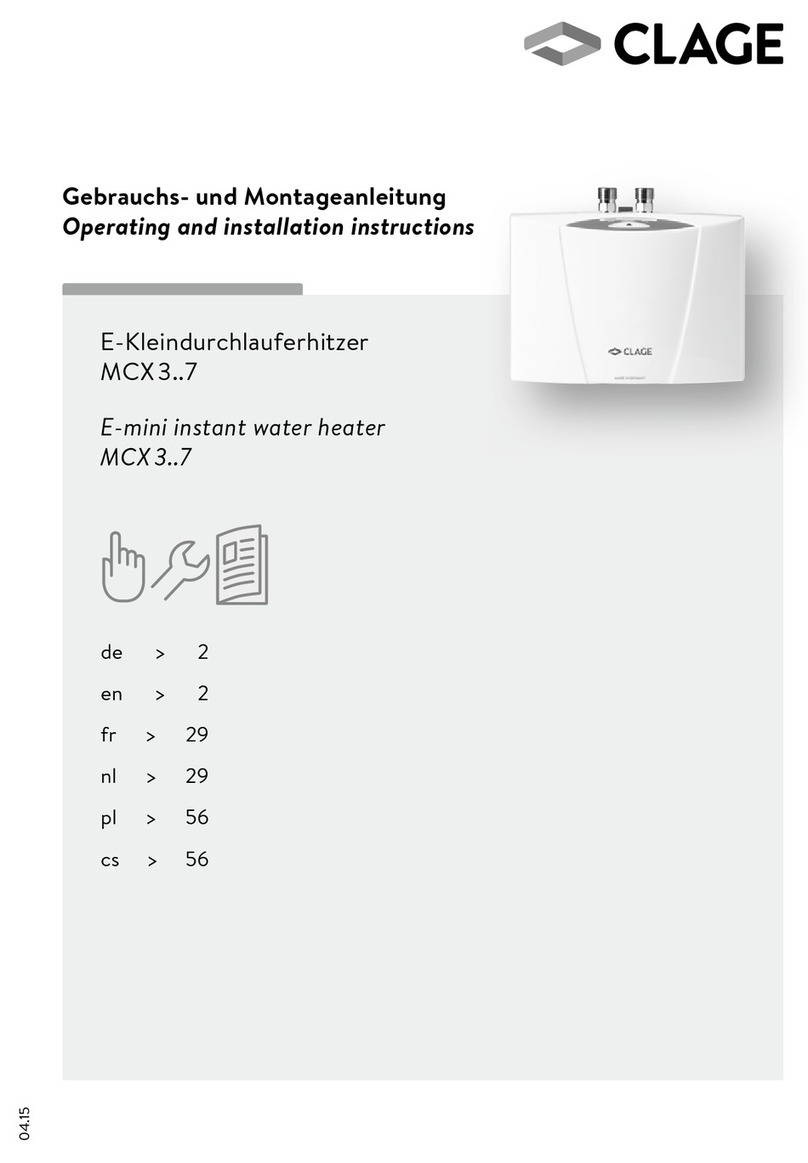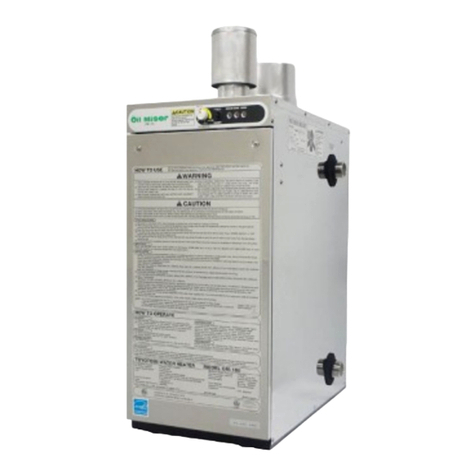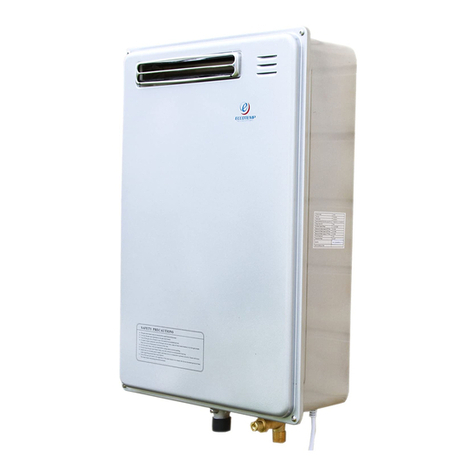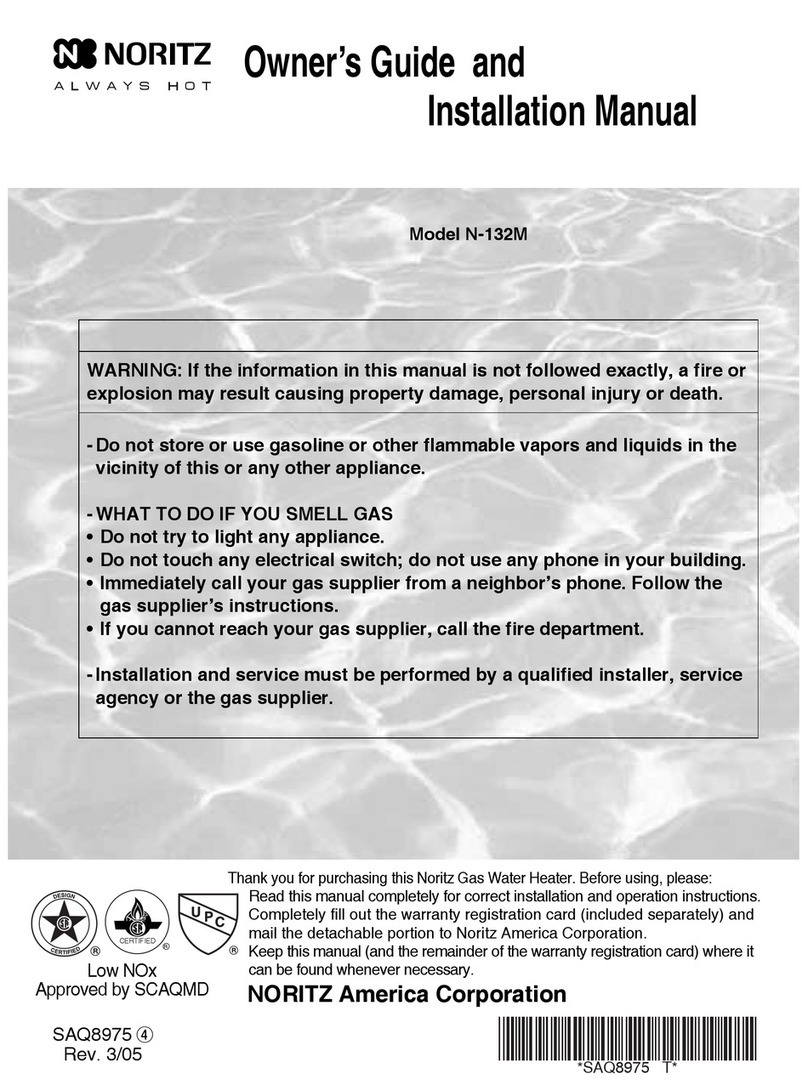
Page 7
When air is taken directly from the outdoors or through a vertical duct, each opening must have a minimum of 1
square inch (6.5 cm
2
) per 4,000 Btu/hour. If a horizontal duct is used, each opening must have a minimum of 1
square inch per 2,000 Btu/hour is required.
When air is taken from another interior space, each opening should have a minimum free area of 1 square inch
for each 1,000 Btu/hour of gas input, but not less than 100 square inches. The area of the room the boiler is
located in, plus the area it is communicating with for combustion air, must meet the large room criteria described
in the National Fuel Gas Code.
Example 1: One 500,000 btu/hr input boiler with air taken from the outdoors through two horizontal ducts. The
open area of each duct must be at least 250 square inches (161 cm
2
). [500,000 / 2,000] = 250]
Example 2: One 350,000 and one 1,400,000 btu/hr input boilers, with air taken from the outdoors through two
vertical ducts. The open area of each duct must be at least 437.5 square inches (2823 cm
2
). [(1,400,000 +
350,000) / 4,000 = 437.5]
Provision for combustion and ventilation air must be in accordance with Section 5.3 of the National Fuel Gas
Code, ANSI Z223.1 (latest edition) or applicable provisions of the local building code.
Under no circumstances should the boiler room ever be under a negative pressure.
Particular care must be taken when steam boilers, exhaust fans, compressors, air
handling units or other equipment may rob air from the unit.
The combustion air supply must be free of chemical fumes, which may be destructively corrosive when
burned. Examples of chemicals that must be avoided are fluorocarbons and other
halogenated compounds, commonly present as refrigerants or solvents, such as
Freon, trichloroethylene, and chlorine. These chemicals, when burned, form acids that
will attack the boiler tubes, flue collectors, and boiler stack, resulting in premature boiler failure.
Canadian Installations: All combustion air must be drawn from outside the building. The mechanical
equipment room must communicate directly with the outdoors. Refer to CGA B149 Installation Code for
additional information.
ELECTRICAL REQUIREMENTS
Installations must follow the National Electrical Code (NEC) ANSI/NFPA No. 70, latest edition (CSA C22.1 CEC
Part 1 for Canada) and any other local codes or regulations having jurisdiction. The unit must be electrically
grounded in accordance with NEC. Install a separate disconnect means for the heater/boiler.
The electrical conductors shall be type MTW 105
o
C wire, with black for hot, white for neutral, and green for
ground. All electrical wiring must be protected from mechanical damage. The conduit and junction box shall be
UL approved with the wall thickness of the steel junction box at least 0.031 inches (0.79 mm).
The A2000 water boiler/heater operates on 115V, 15 amp, 60Hz power. A transformer is provided to reduce the
voltage to 24 volts for the ignition control module and gas valve operation. Consult the wiring diagram located
on the heater/boiler or the Wiring Diagrams section of this manual for the specific connection points and control
devices applicable for your model.
ELECTRICAL SHOCK HAZARD: Ensure electrical power to the heater/boiler is disconnected before
connecting power, auxiliary controls and components or servicing.
Do not attach any electrical components to the interior or exterior of this boiler/heater
unless given authority to do so by a representative of Green Boiler Technologies.
All models are furnished with a pre-wired, manual reset, water high limit temperature switch.
This temperature switch must not be used as an operating aquastat. A separate operating
temperature controller is required for proper operation of this appliance (see wiring diagrams for suggested
location in the electrical circuit). Failure to install a separate operating temperature controller will result in short
cycling. Typically, water heaters are installed along with a storage tank and the temperature controller is
